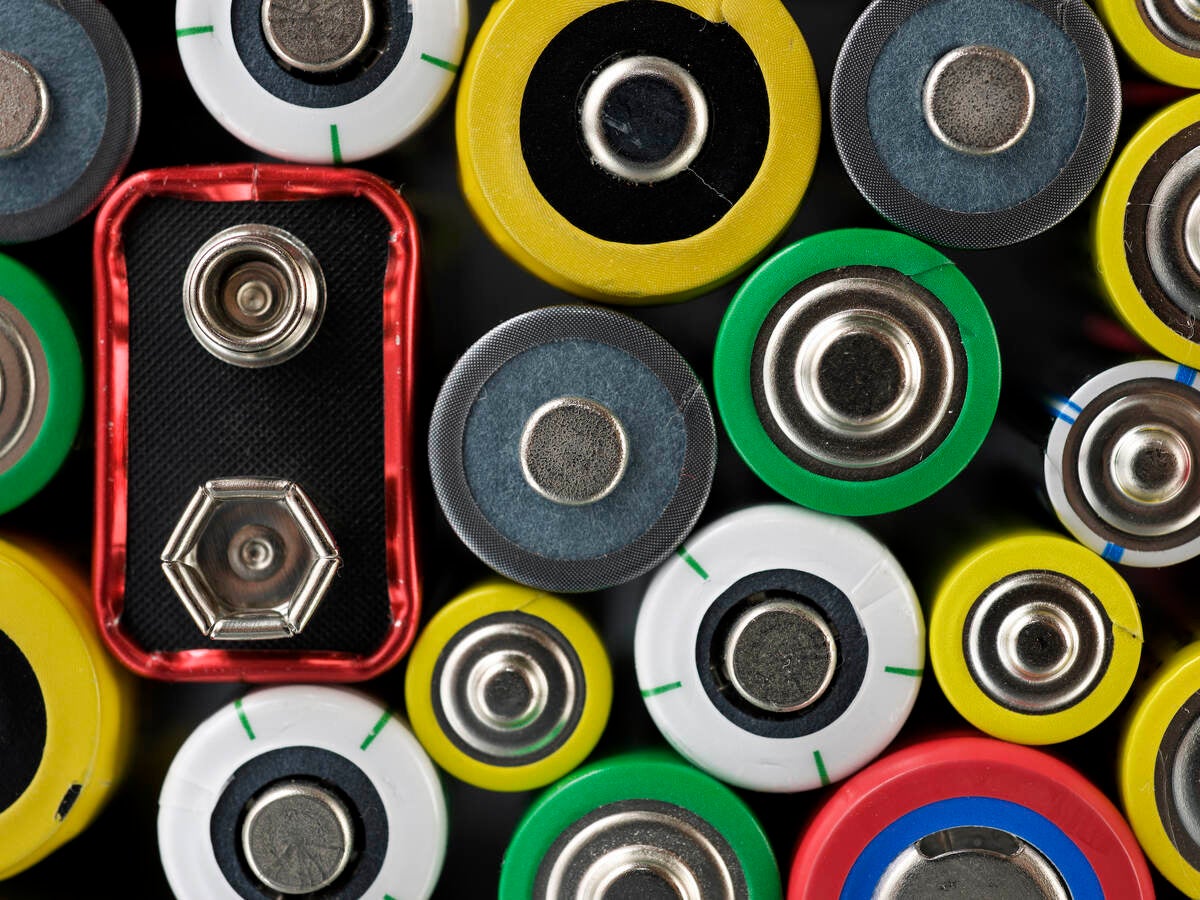December 14, 2021
In response to the challenging Circular Economy action plan, the European Commission published its proposal to review the Battery Directive 2006/66/EC to help ensure that the EU’s legal framework regulates all stages of a battery’s life cycle on Dec. 12, 2020.
The Commission’s proposal, which is part of The Strategic Action Plan on Batteries, published in May 2018, contains a variety of requirements and restrictions to minimize batteries’ environmental impact.
The proposal promotes a more efficient use of resources by raising the collection and recycling rates of portable batteries, focusing on recovering cobalt, lithium, nickel and lead from all recycled batteries. Manufacturers will also have to provide information about the amount of recycled content in batteries, and the process will follow a harmonized methodology (the details of which are as yet unavailable).
The proposal also details restrictions on the use of hazardous substances in batteries, specifically mercury and cadmium, as well as labeling requirements to address the presence of more than 0.002% cadmium or more than 0.004% lead. From July 2023, these percentages will trigger an additional marking with the chemical symbol for the metal concerned: Cd or Pb.
The following timeline has been proposed to implement further changes to the requirements for putting industrial and electrical vehicle batteries on the EU market, no matter the country of origin:
- Starting in July 2024, a carbon footprint declaration will be required.
- By January 2026, each industrial battery and electric vehicle battery with a capacity higher than 2 kWh shall have an individual “battery passport” linked to information about the characteristics of each battery type and model, providing valuable data to recyclers and second-life companies. An Electronic Exchange System (EES) in the form of an online battery database listing detailed information about all battery manufacturers and their battery types placed on the market may complement the passport.
- From Jan. 2026, these batteries must feature a carbon intensity performance class label (details to be announced).
- Beginning Jan. 2027, industrial and electric vehicle batteries with internal storage will have to declare their content of recycled cobalt, lead, lithium and nickel.
- As of July 2027, they will have to comply with maximum carbon thresholds yet to be stated.
- From Jan. 2030, these batteries will have to comply with minimum recycled content thresholds (12% cobalt, 85% lead, 4% lithium and 4% nickel).
- Starting Jan. 2035, these thresholds will increase further (20% cobalt, 85% lead, 10% lithium, 12% nickel).
All economic operators who place batteries on the market — including battery manufacturers, importers, distributors, authorized representatives and fulfillment service providers — are responsible for ensuring compliance with the regulation. Through this new proposal, which will come into force with the final legal document’s publication, the battery market will become more transparent. It will facilitate the development of innovative products and a smoother transition to a more sustainable economy through the traceability of batteries throughout their life cycle.
Recommended action items
Become familiar with the proposed regulatory changes to establish the impact on your products.

